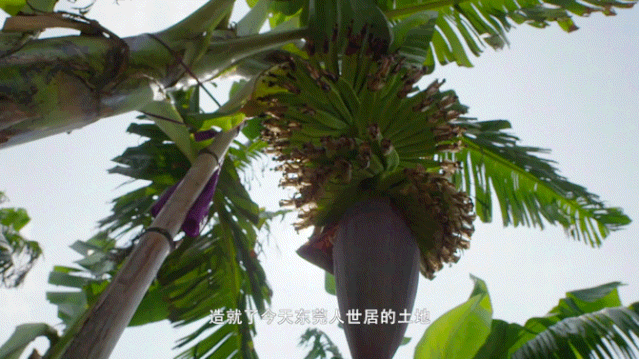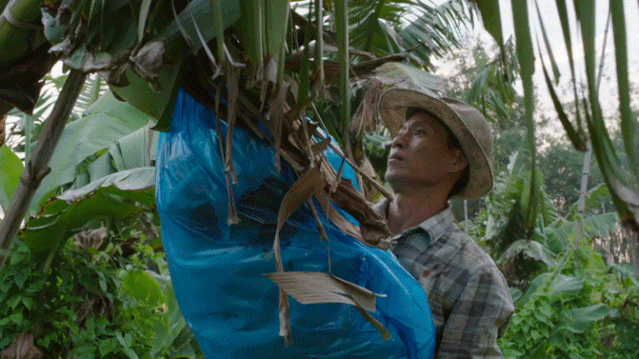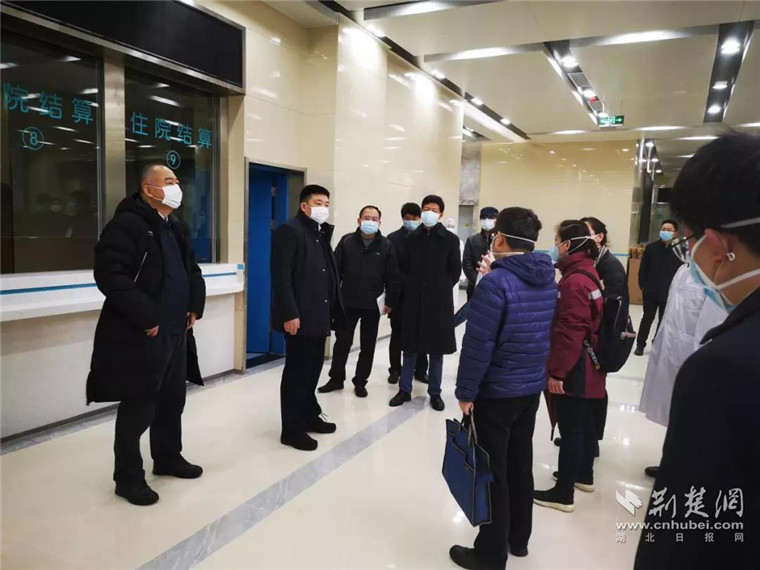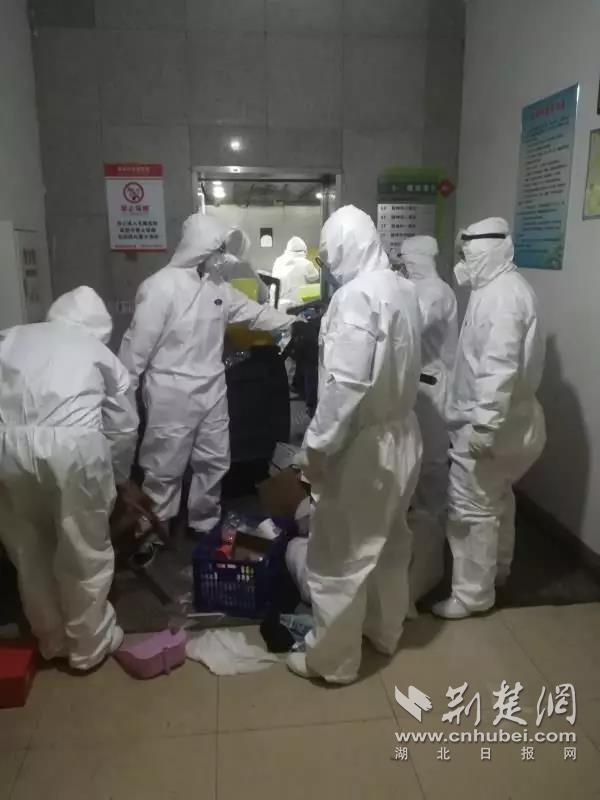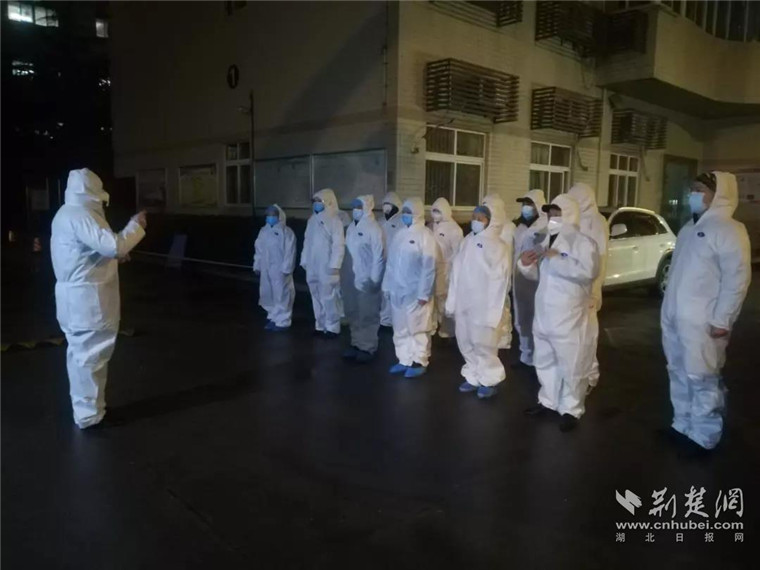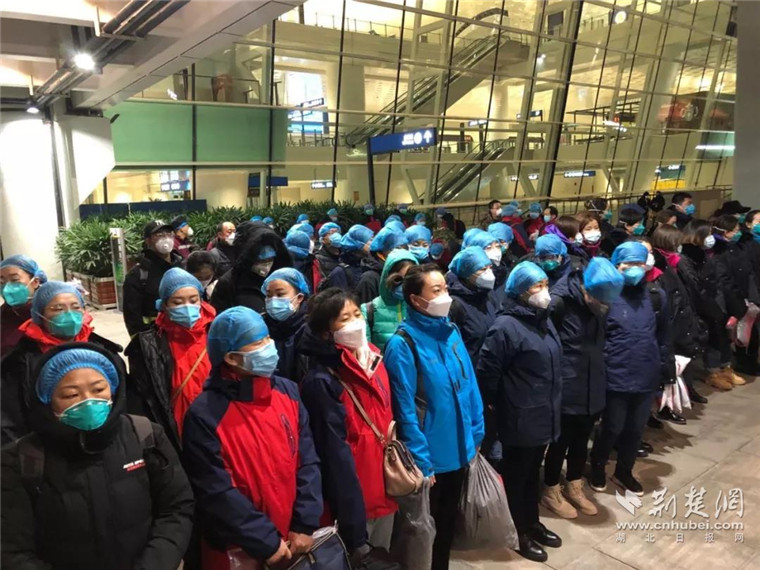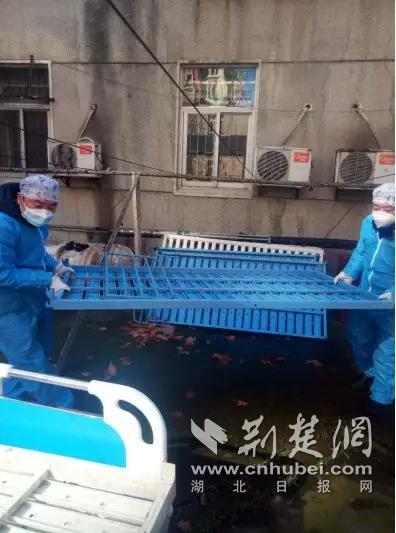In Wuhan in mid-February, the weather is getting warmer. For the first time in 15 days, Khufu walked out of a small hotel room for self-isolation. He was a critically ill patient who recovered early from the COVID-19 epidemic.

Lao Hu is 53 years old. His family lives in Huanggang, and his illness is also in Huanggang. At present, Wuhan and Huanggang are implementing control, so he can’t return to his hometown for the time being.
Lao Hu has been engaged in poultry business in Huanggang central vegetable market for 30 years. Huanggang local poultry supply is sufficient. He has never been to Wuhan to purchase goods, but there are several seafood stores in the central vegetable market, and he has to purchase goods from Wuhan South China Seafood Market every day. Lao Hu often associates with seafood shop owners and plays cards when he has nothing to do.
At the end of December 2019, Lao Hu found that he seemed to have caught a cold. He still felt cold and weak after covering three quilts.
On January 2, 2020, Lao Hu was admitted to Huanggang Central Hospital. On January 5, the illness worsened, and Lao Hu and his wife decided to transfer to the provincial capital for treatment. On January 8, Lao Hu was admitted to the intensive care unit of Zhongnan Hospital of Wuhan University and was in a coma, with severe infection of both lungs. After being fully treated by medical staff, Lao Hu turned to safety and recovered and was discharged on January 28.
During khufu’s hospitalization, the epidemic situation in COVID-19, his hometown of Huanggang developed rapidly, and the number of confirmed cases was once second only to Wuhan, ranking second in the country.
The number of confirmed cases increased by 8 times in 5 days. Huanggang started the transformation mode.

Huanggang City is located in the southeast of Wuhan, with seven counties, two cities and three districts under its jurisdiction. Its land area is about twice that of Wuhan, and its total population is about 62% of that of Wuhan. In 2018, the GDP of Huanggang is 13% of Wuhan’s, and the per capita disposable income of residents is 45% of Wuhan’s. The transportation between Wugang and Wugang is convenient. Except for the expressway, the intercity railway opened in 2014 takes only 30 minutes. Every year, Huanggang has about 700,000 business workers in Wuhan. This city, which is almost the same as Wuhan in geography and transportation, but lags behind Wuhan in development, how to deal with the epidemic?
Yi Xianrong, deputy mayor of Huanggang City and deputy commander of the Covid-19-infected pneumonia epidemic prevention and control headquarters in Huanggang City, told CCTV that the central vegetable market where Lao Hu once traded is one of the most important vegetable markets in the old city, which basically covers all aspects of people’s lives, including vegetables, meat and aquatic products. On January 11th, he received a report from Huanggang Health and Health Commission that three Huanggang patients with "unexplained pneumonia" were hospitalized in Wuhan, one of whom was Lao Hu. Since January 12th, the central vegetable market has been sterilized every day, and it was completely closed on January 23rd. In addition, there are more than 20 farmers’ markets that have also been thoroughly cleaned up and eliminated.

On January 17th, Hubei Provincial Health and Health Commission held a video conference in the whole province. On January 18th, Huanggang City established the "Command for Prevention and Control of Pneumonia Infected in novel coronavirus". On January 21st, Huanggang City first appeared in the epidemic notification issued by Hubei Provincial Health and Health Commission. Since then, the number of fever outpatients in the main urban areas of Huanggang City and the number of confirmed cases in COVID-19 have increased rapidly.
Yi Xianrong told CCTV reporters: "It took only five days from the first batch of 12 cases to 100 cases on January 20. Our whole fever clinic has been on the rise from January 20th to January 24th, and reached its peak on January 24th, when the number of outpatients was more than 3,300. This has brought considerable pressure to the prevention and control headquarters. We feel that the treatment capacity is probably insufficient, so it is urgent to start the transformation and site selection of designated treatment institutions from then on. "
On January 19th, Huanggang City Prevention and Control Headquarters decided to transform Huanggang City Infectious Disease Hospital to treat patients. Xia Youchun, secretary of the Party Committee of Huanggang Central Hospital, who is in charge of the reconstruction task, said that after three days of sleepless fighting, the hospital’s medical staff and temporarily recruited workers opened up a three-storey ward and placed 60 beds. They began to treat patients on January 22, and all 60 beds were full the next day. So they began to rebuild the outpatient building next door into a suspected case treatment point, but the newly added 100 beds were filled again within two days.

48-hour reconstruction of Huanggang "Xiaotangshan" volunteers rushed to the scene with their own tools.
On the one hand, there are increasing cases, and on the other hand, there are saturated hospitals. In order to solve the serious shortage of admission capacity of hospitals in Huanggang City, Dabie Mountain Medical Center has become the "Xiaotangshan" in Huanggang.

This brand-new medical center is located in the East New District of Huanggang City. It started construction in 2015 and cost about 1.3 billion yuan. The first phase of the medical center is a general hospital with 1,500 beds, which was originally scheduled to be delivered in May 2020. Mao Weiming, vice president of Huanggang Central Hospital, received the task of making this place have the conditions to treat patients within 48 hours.
On January 24th, the emergency opening of Dabie Mountain Medical Center began. The sickbeds, cabinets and medical equipment were originally scheduled to arrive in May, and the hospital urged the manufacturers to deliver and transport them in advance. Soon, 1,000 beds and various medical equipment were delivered one after another.
At the same time, there are thousands of volunteers fighting at the scene, and Zhang Fei is one of them. His hometown is in Huanggang rural area, and he is usually engaged in building materials business. When he learned that Dabie Mountain Medical Center needed volunteers, he immediately came with his own tools.

Zhang Fei told CCTV reporter: "At that time, we worked until 2: 30 in the morning, that is, we unloaded the last batch of materials. They are all sickbeds, and that bed is not installed. This bag is wheels and that bag is accessories. It is packed in a cardboard box and also has a wooden frame. It is very heavy, and a bed needs six people to carry it. About 500 beds can be packed in a day. It was all finished in two days, and the work on the third day was basically over. "
Due to the heavy workload, the delivery time of Dabie Mountain Medical Center was one day later than that stipulated by the headquarters.
At 2 am on January 26th, Ren Hongsheng, deputy director of the Department of Critical Care Medicine, East Hospital of Shandong Provincial Hospital, and the first batch of Shandong medical team members arrived in Huanggang. After two days of protective training and familiarization with the situation, he and his team members entered the Dabie Mountain Medical Center together.
At 11 pm on January 28th, more than 40 patients were admitted to Dabie Mountain Medical Center. After more than an hour, the intensive care unit began to treat critically ill patients. By 7: 00 a.m. on January 29th, seven patients had been admitted to the intensive care unit under the responsibility of Shandong Medical Team. With the arrival of more and more patients, the new wards of Dabie Mountain Medical Center have been opened one after another.
Yi Xianrong said: "The opening of Dabie Mountain Medical Center has fundamentally changed the problem that we were very short of treatment beds at that time. After the renovation, we can provide 1,000 beds. On the other hand, we can concentrate our best medical staff, and there are more than 560 medical teams in Shandong and Hunan. As of February 9, all of them are concentrated in Dabie Mountain Medical Center. " Following the medical teams from Shandong and Hunan provinces to Dabie Mountain Medical Center, there are also professional teams specializing in hospital infection management.

At the same time of opening Dabie Mountain Medical Center, Huanggang City also opened six isolation points to treat suspected cases. With the promotion of the investigation, several isolation points for close contacts have been added. Recently, the investigation and isolation of patients with fever have been carried out again. Since January 23, the prevention and control headquarters has issued several notices to gradually improve the control of cities, roads, public places and residential quarters. The front line of epidemic prevention and control has gradually advanced from the last confirmed cases.
According to the data provided by Huanggang City on February 11th, 17.486 million people have been investigated in village communities, 45,000 in public places, 1.034 million in bayonets, 1.907 million in enterprises and institutions, and 13,000 people have been found with fever.

As of February 19th, Huanggang has established 89 centralized isolation places and 1833 rooms for fever patients, and 225 centralized isolation places and 12966 rooms for close contacts. As of February 21st, the number of newly confirmed cases in Huanggang City has been continuously maintained at a low level compared with the previous period.
Village cadres are on duty at intersections to purchase materials for villagers.
At first, many rural districts and counties that people were most worried about and whose medical resources were not as good as those in cities had zero new cases. Do these seemingly gratifying figures really reflect the epidemic prevention situation in rural areas? CCTV reporter decided to go to volunteer Zhang Fei’s hometown to have a look.
Zhang Fei’s hometown is located in Huayuangang Village, Shangbahe Town, Tuanfeng County, Huanggang City. According to the village party secretary, there are 1,575 villagers in Huayuangang Village, with an average annual income of about 52,000 yuan. So far, no case of COVID-19 has been found in the village.

The village party secretary told CCTV that on January 24th, the village committee received a notice from the township, requesting a comprehensive investigation of the population of the village. After investigation, it was found that 390 people in the village returned home from other places before the Spring Festival, of which 178 were from Wuhan, and the latest arrived home on the morning of January 24th. For the villagers returning from Wuhan, the village Committee will issue a temperature gun to each household according to the requirements of the township, isolate them at home and monitor their body temperature every day.
The village party secretary said that from before the Spring Festival to now, the villagers in Huayuangang Village hardly went out, and they didn’t visit each other during the Spring Festival. They all stayed at home. The village cadres separately contracted the villagers’ groups, and were on duty at all important intersections every day. The village cadres were also responsible for purchasing the necessities of each household.

According to He Yaoqing, Party Secretary of Shangbahe Town, there are 28 villages and 1 neighborhood committee in Shangbahe Town, with a population of more than 32,000. From the first day of the first month, towns and villages have thoroughly arranged and registered every household, and found more than 1,900 returnees in Wuhan and more than 1,000 returnees in Huangzhou. Villages and towns inform all communities and village groups to pay special attention to these people. So far, two confirmed cases have been found in the town.
According to the unified arrangement of Huanggang City, after the confirmed and suspected cases are found in each township, they are all handed over to the county-designated hospitals for centralized treatment. Township health centers are responsible for isolating people with fever, and cooperate with township governments to provide medical services for close contacts who are isolated.
Set up isolation dialysis area for dialysis patients to avoid cross infection.
In the isolation point, CCTV reporters met a special close contact — — Lao Fan.

Lao Fan said that a patient who had dialysis with him a few days ago was diagnosed as a COVID-19 patient, so many patients who had dialysis with him were isolated as close contacts.
Lao Fan told CCTV reporter: "I am most worried about dialysis now, because we can’t afford to wait. One day I will be swollen like a balloon, and the next day I will be swollen."
At present, there are many close contacts like him who need separate places for dialysis. How to solve this problem?
After the confirmed cases were found among dialysis patients, Huanggang City conducted COVID-19 screening for dialysis patients in the city, and set up separate isolation dialysis areas in several designated hospitals in the city for confirmed cases and close contacts who needed dialysis.

Zheng Qin, director of the Emergency Center of Tuanfeng County People’s Hospital, said: "The patients in the isolation dialysis area are uremic patients in COVID-19 and suspected COVID-19. We will screen all dialysis patients for COVID-19. If they are diagnosed, we will implement CRT dialysis in the isolation ward and beside the bed. For those who are suspected or can’t be ruled out, we distinguish him from normal patients without COVID-19 to prevent the spread of dialysis patients in COVID-19. "
At noon, it’s Lao Fan’s turn for dialysis. As Lao Fan is a close contact in isolation, after dialysis, township hospitals will send him back to the isolation point by special car to continue isolation. (Text/Tian Yuxi)






